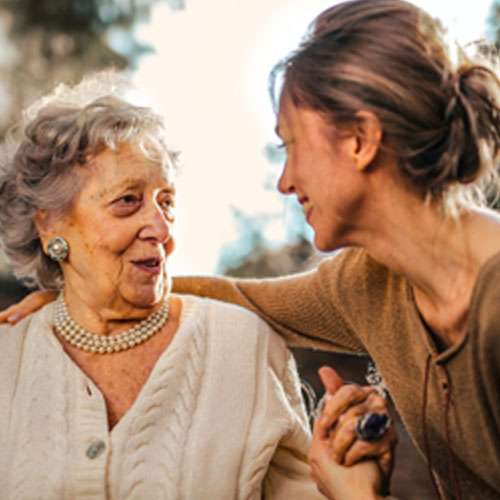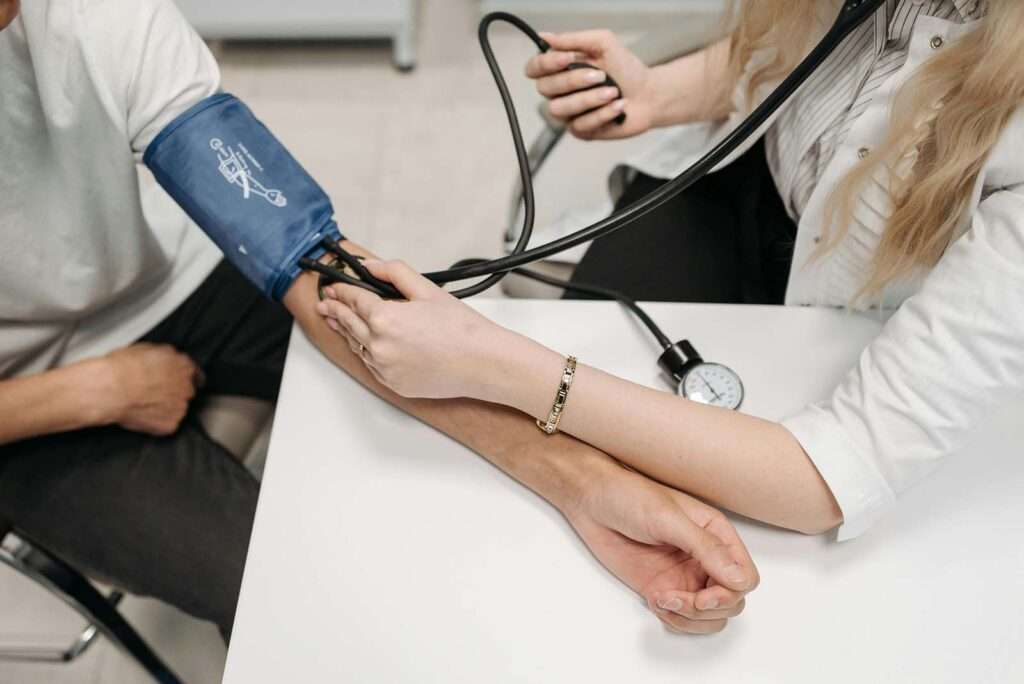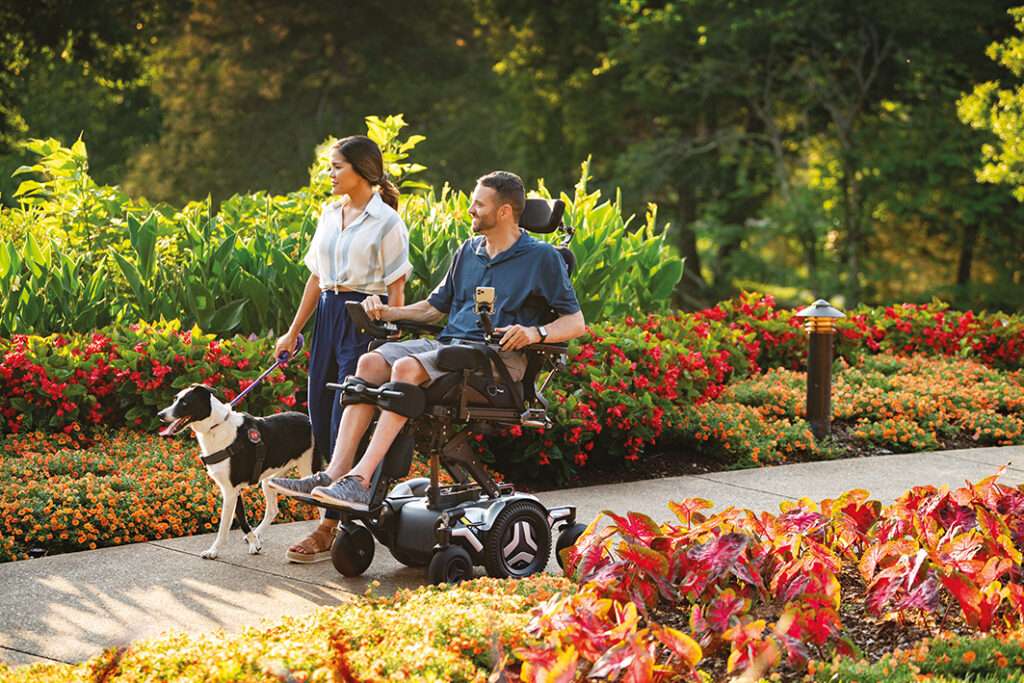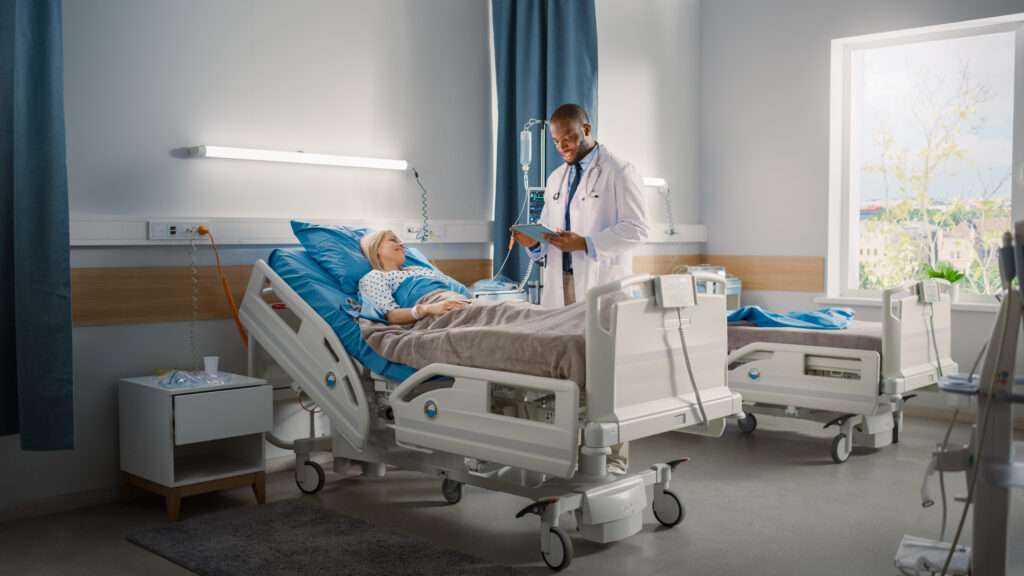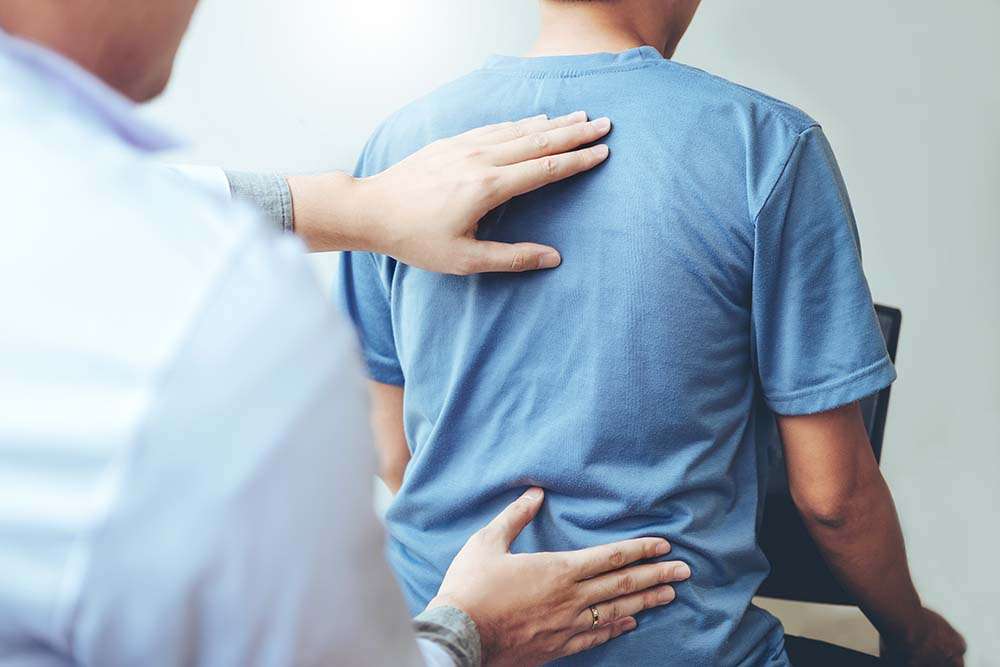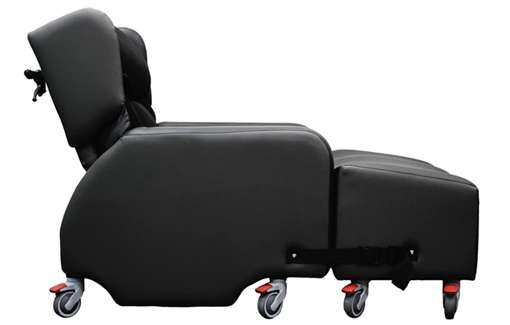Community based falls rapid response teams are to be set up across the country to alleviate pressure from ambulances, paramedics and A&E departments.
Residents who fall in their homes or care environments will no longer wait for agonisingly long periods of time to receive assistance the NHS England chief executive has pledged.
In a first media outing since taking over the head role at NHS England from Sir Simon Stephens, Amanda Pritchard set out her aims to reduce pressure on the health service.
The NHS boss aims to start new community-based falls response teams that will be sent to treat elderly people who fall in their home or care environments but haven’t severely injured themselves doing so.
“A quarter of less severe 999 calls in January 2022 involved falls”, NHS England head Amanda Pritchard said.
The creation of these teams could stop 55,000 elderly patients being taken to a hospital A&E department without serious injury resulting from their fall.
The community-based falls response teams aim to reduce ambulance handover delays and lessen pressure at the front door of UK hospitals some of which have seen ambulance queues build up because of handover delays.
This move comes as NHS services across the country are told to prepare for a very, very challenging winter.
It is hoped that the new service will involve:
- Community care staff providing quick response to reports of a fall
- They will assess the patient & provide immediate support
- Refer to local services that can carry out home adaptations & provide longer term help
A recently released document sets out the “principles & requirements to improve coverage of community-based falls response services in preparation for winter.”
The document, titled ‘Going further for winter: Community-based falls response’ aims to “improve initial response times and reduce the risk of long lies” by “focusing ambulance capacity where it is needed most and building on existing community-based provider models.”
The Severity of A&E — Ambulance Handover Delays
The current NHS Standard Contract states that “all handovers between ambulances and A&E must take place within 15 minutes with none waiting more than 30 minutes”.
Despite these targets, almost 1 in 5 ambulance handovers experienced a delay of at least 30 minutes in 2021-22.
Each month, over 200,000 patients experience handover delays — with up to 25,000 of these delays being four times longer than the target time of 15 minutes.
Handover delays from hospitals to A&E services are a known risk to patients. A 2021 clinical review of the state of ambulance handovers by the Association of Ambulance Chief Executives found that “the longer a patient waited for a handover, the greater the likelihood they would experience some harm, the severity of that harm increased over the length of time too”.
This analysis of the situation regarding ambulance handover delays is particularly relevant to older adults as elderly patients are in a position of heightened risk due to the increased likelihood that they are dealing with multiple health concerns and the increased fragility of age.
“We’re going to be asking people to really ramp up falls response services for people who have fallen but are not injured.”
Amanda Pritchard
The same clinical review goes on to state that “if there were other risk factors present such as multiple co-morbidities, the likelihood and severity of harm was found to increase.”
“Of patients who experienced a handover delay of over an hour, more than 8 in 10 potentially experienced additional harm and just under 1 in 10 potentially experienced severe harm because of this delay.”
The hope is that community-based falls response teams will be able to get to a fallen resident quickly, assess the severity of the injury, and decide whether an ambulance is needed or not.
Currently an ambulance is called for a range of falls that may not all require the attention of an ambulance or A&E department.
It is hoped that reducing the number of calls to ambulances for these less severe falls will “divert them into the right pathways, not putting them into a pathway that leads to the back of an ambulance outside A&E”.
Summary:
In an attempt to reduce pressure on ambulances who are called to deal with every kind of fall regardless of the level of injury; community based rapid response falls teams will act as first responders to fallen residents in their homes and across care environments.
These community-based falls response teams will then assess the injury severity and advise accordingly.
The eventual goal of this is to ensure ambulances are only called to the most severe cases of injury and improve the speed of ambulance to A&E handover times and reduce pressure at the front door of hospitals.
National guidance states that patients arriving at an A&E department must be handed over by ambulance staff to A&E staff withing 15 minutes. Ambulance services and A&E departments have fallen short of this target for some time, and there have long been calls for the NHS to do more to support care homes and people who have fallen with alternatives to ambulance and hospital admissions.
The NHS England chief executive says, “we’re going to be asking people to really ramp up falls response services for people who have fallen but are not injured.”
There have been unprecedented, nationwide delays for ambulances over recent months, this announcement comes amid an ongoing crisis in ambulance response times as thousands of “less severe” category 3 and 4 calls wait hours for a response from paramedics to meet them.





